
How Much Does E Bike Weigh? Key Facts You Should Know
When shopping for an electric bike, one of the first questions many riders ask is, how much does e bike weigh? The weight of an e-bike plays a big role in how it handles, how easy it is to carry, and even how far it can travel on a single charge. On average, e-bikes weigh more than traditional bicycles because of the motor, battery, and added components, but the exact weight can vary widely depending on the model and type. Understanding these differences will help you choose an e-bike that matches your riding needs and lifestyle.
Lightweight vs. Heavyweight E-Bikes: Which Fits Your Needs?
When asking how much does e bike weigh, the answer often depends on whether you’re looking at lightweight or heavyweight models. Unlike traditional bicycles, e-bikes balance motor power, battery size, and frame strength, all of which add to their overall weight. This means both light and heavy e-bikes offer unique benefits depending on your riding goals.
Lightweight e-bikes are usually easier to carry upstairs, store in small spaces, and handle in busy city traffic. They’re perfect for commuters who need quick mobility and riders who value agility. However, lighter frames often mean smaller batteries and motors, which can reduce maximum range and climbing power.
Heavyweight e-bikes, on the other hand, are built with larger batteries, stronger motors, and reinforced frames. These bikes may weigh 60–80 lbs or more, but in return, they deliver longer riding distances, more stability, and extra power for hills, cargo, or off-road trails. While they may not be as portable, they’re ideal for riders who prioritize endurance and performance over convenience.
Key Factors That Determine an E-Bike’s Weight
When asking how much does e bike weigh, the answer depends on several design choices and components. Unlike traditional bikes, e-bikes are built with motors, batteries, and reinforced parts that influence their weight and performance. Here are the main factors:
-
Battery Size and Capacity
-
One of the heaviest parts of an e-bike.
-
Larger batteries (500Wh–1000Wh) can weigh 6–10 lbs or more, extending range but adding bulk.
-
Smaller batteries (250Wh–400Wh) keep the bike lighter but limit how far you can ride.
-
Motor Type and Power
-
Hub motors are generally lighter (adding around 5–7 lbs).
-
Mid-drive motors provide more torque and better hill climbing, but can weigh 8–12 lbs.
-
More powerful motors naturally increase the bike’s overall weight.
-
Frame Material
-
Aluminum frames are common, offering durability without being too heavy.
-
Steel frames are strong and long-lasting but can add significant weight.
-
Carbon fiber frames are the lightest option, often seen in premium e-bikes.
-
Wheels and Tires
-
Larger wheels and thicker tires improve stability but add extra pounds.
-
Fat-tire e-bikes can weigh noticeably more than slim commuter bikes.
-
Suspension System
-
Rigid or front-suspension bikes are lighter and easier to carry.
-
Full-suspension systems add comfort and off-road capability but increase weight.
-
Accessories and Add-Ons
-
Racks, fenders, baskets, lights, and cargo attachments all add weight.
-
Utility or cargo e-bikes can be much heavier because of built-in carrying features.
Each of these factors adds up, meaning an e-bike’s total weight can range anywhere from 35 lbs for a lightweight commuter model to over 80 lbs for heavy-duty cargo or off-road e-bikes.
The Impact of E-Bike Weight on Your Riding Experience
When considering how much does e bike weigh, it’s important to look at how weight directly affects your riding experience. Thanks to motor assistance, most riders won’t feel the full heaviness of an e-bike while pedaling. The motor reduces strain, making uphill climbs easier and cruising speeds more manageable compared to a traditional bicycle.
Where weight really matters is in everyday situations off the saddle. Carrying an e-bike up stairs, lifting it onto a bike rack, or storing it in tight spaces can be challenging with heavier models. Riders who live in apartments or frequently use public transport may find lighter e-bikes far more convenient.
Weight also influences range and efficiency. A lighter e-bike requires less energy to move, which means the battery can last longer on a single charge. Heavier e-bikes, while offering bigger batteries, can sometimes use more power to maintain speed, slightly reducing efficiency.
Finally, stability and comfort come into play. Heavier e-bikes often feel sturdier on rough terrain or at higher speeds, while lighter models excel in agility and quick maneuvering in city traffic. Choosing the right balance depends on whether you value portability, endurance, or overall ride stability.
E-Bike Weight Comparison by Different Types
Not all e-bikes weigh the same. If you’ve ever wondered how much does e bike weigh, the answer often depends on the category of bike you choose. Each type is designed for a specific purpose, which affects its frame, motor, battery size, and overall weight. Here’s a breakdown by e-bike type:
-
Folding E-Bikes
-
Built for portability and compact storage.
-
Ideal for commuters who need to carry bikes onto public transport or fit them into small spaces.
-
Average weights:
-
Mini folding e-bikes: 30–40 lbs
-
Folding mountain e-bikes: 40–70 lbs
-
Folding fat-tire e-bikes: around 50 lbs
-
Commuter E-Bikes
-
Designed for daily travel, blending comfort with efficiency.
-
Larger batteries provide longer ranges but add weight.
-
Typical weight: 50–70 lbs
-
Racing E-Bikes
-
Lightweight and performance-driven for speed-focused riders.
-
Feature slim frames, narrow tires, and aerodynamic design.
-
Average weight: around 40 lbs
-
Mountain E-Bikes
-
Built tough for trails, hills, and rugged terrains.
-
Include suspension systems, wide wheels, and powerful motors.
-
Weight range: 40–70 lbs, often closer to the heavier side.
-
Cruiser E-Bikes
-
Designed for relaxed rides with wide handlebars and cushioned seats.
-
Extra comfort features make them heavier than most.
-
Commonly weigh: around 70 lbs
-
Fat Tire E-Bikes
-
Perfect for snow, sand, and uneven surfaces.
-
Heavier because of thick tires and reinforced frames.
-
Average weight: 60–80 lbs
-
Comfort E-Bikes
-
Similar to cruisers but often with step-through frames and upright handlebars.
-
Focused on casual, easy riding.
-
Typical weight: 50–70 lbs
By comparing these categories, it’s clear that e-bike weights vary widely—from lightweight folding and racing models to heavy-duty fat-tire and cruiser options. Knowing the differences helps you choose an e-bike that matches your lifestyle, terrain, and riding goals.
Popular iHoverboard E-Bike Models and Their Weight Details
If you’re asking how much does e bike weigh, looking at real-world models is the best way to find answers. iHoverboard offers a range of e-bikes designed for commuting, off-road adventures, and everyday use, each with its own weight profile. From lightweight folding options to sturdier all-terrain designs, these models show how battery size, motor power, and frame type affect overall weight. Understanding these details helps you pick the right e-bike for your riding style and lifestyle needs.
U1 / U3 Folding – Portable Design with a Midweight Build
The U1/U3 Folding e-bike is built for riders who need portability without sacrificing performance. At 52 lbs (23.7 kg), it strikes a balance between being light enough to fold and carry, yet sturdy enough for daily commutes. Its compact frame makes storage easy in apartments, offices, or the trunk of a car, while the rear suspension ensures a smooth ride even on bumpy streets.
Specs:
-
Motor: 500W
-
Battery: 36V 7.8Ah (281Wh)
-
Range: 25–40 miles (40–65 km)
-
Top Speed: 20 mph (32 km/h)
-
Weight: 52 lbs (23.7 kg)
-
Load Capacity: 264 lbs (120 kg)
-
Tires: 14×1.95"
-
Suspension: Rear suspension
-
Brakes: Dual disc (hydraulic)
-
Rider Height: 4’9”–6’1” (150–185 cm)
-
Notes: Foldable, intelligent display, adaptive motor
U2 Ucity Step-Thru – Easy-to-Carry Lightweight City E-Bike
The U2 Ucity Step-Thru is designed for easy city commuting, with a lightweight frame that makes daily use effortless. Weighing just 45 lbs (20.5 kg), it’s one of the lighter models in this lineup, making it simple to maneuver, store, or lift when needed. Its step-thru design adds convenience for urban riders who value comfort and accessibility.
Specs:
-
Motor: 350W (Peak 500W)
-
Battery: 36V 7.8Ah (281Wh)
-
Range: 22–28 miles (35–45 km)
-
Top Speed: 15.5 mph (25 km/h)
-
Weight: 45 lbs (20.5 kg)
-
Load Capacity: 265 lbs (120 kg)
-
Tires: 16×2.1"
-
Suspension: Front suspension
-
Brakes: Dual disc
-
Rider Height: 5’1”–6’2” (155–188 cm)
-
Notes: Step-thru, city-focused
U4 Low Step-Through – Heavier Frame with Extended Range
Built for longer rides, the U4 Low Step-Through offers endurance and comfort in one package. At 58 lbs (26.5 kg), it’s heavier than typical city models, but the added weight supports a larger battery and extended range. The low-step design makes mounting and dismounting easy, while the front suspension and reliable braking system enhance ride quality.
Specs:
-
Motor: 500W (Rated 250W)
-
Battery: 36V 10.4Ah (374Wh)
-
Range: 35–55 miles (55–90 km)
-
Top Speed: 20 mph (32 km/h)
-
Weight: 58 lbs (26.5 kg)
-
Load Capacity: 264 lbs (120 kg)
-
Tires: 16×2.15"
-
Suspension: Front suspension
-
Brakes: Dual disc
-
Rider Height: 5’3”–6’3” (160–192 cm)
-
Notes: Foldable, low-step, 3+1 modes
M10 / EB3 All-Terrain – Balanced Weight for Power and Stability
The M10/EB3 All-Terrain e-bike is made for riders who want power and versatility. Weighing 55 lbs (24.8 kg), it sits in the mid-range for e-bikes, offering a solid balance of portability and rugged durability. With a mountain bike-style frame, Shimano 7-speed gearing, and mechanical disc brakes, it’s ready for city commutes and off-road trails alike.
Specs:
-
Motor: 500W (Rated 250W)
-
Battery: 36V 10.4Ah (378Wh)
-
Range: 44–60 miles (70–100 km)
-
Top Speed: 22 mph (35 km/h)
-
Weight: 55 lbs (24.8 kg)
-
Load Capacity: 330 lbs (150 kg)
-
Tires: 26×1.95"
-
Suspension: Front fork suspension
-
Brakes: Mechanical disc
-
Rider Height: 5’3”–6’5” (160–195 cm)
-
Notes: MTB style, Shimano 7-speed, LCD display
iHoverboard Electric Bikes in Comparison
|
Spec |
||||
| Image |  |
 |
 |
 |
|
Motor |
500W |
350W (Peak 500W) |
500W (Rated 250W) |
500W (Rated 250W) |
|
Battery |
36V 7.8Ah (281Wh) |
36V 7.8Ah (281Wh) |
36V 10.4Ah (374Wh) |
36V 10.4Ah (378Wh) |
|
Range |
25–40 miles (40–65 km) |
22–28 miles (35–45 km) |
35–55 miles (55–90 km) |
44–60 miles (70–100 km) |
|
Top Speed |
20 mph (32 km/h) |
15.5 mph (25 km/h) |
20 mph (32 km/h) |
22 mph (35 km/h) |
|
Weight |
52 lbs (23.7 kg) |
45 lbs (20.5 kg) |
58 lbs (26.5 kg) |
55 lbs (24.8 kg) |
|
Load Capacity |
264 lbs (120 kg) |
265 lbs (120 kg) |
264 lbs (120 kg) |
330 lbs (150 kg) |
|
Tires |
14×1.95" |
16×2.1" |
16×2.15" |
26×1.95" |
|
Suspension |
Rear Suspension |
Front Suspension |
Front Suspension |
Front Fork Suspension |
|
Brakes |
Dual Disc (Hydraulic) |
Dual Disc |
Dual Disc |
Mechanical Disc |
|
Rider Height |
4’9”–6’1” (150–185 cm) |
5’1”–6’2” (155–188 cm) |
5’3”–6’3” (160–192 cm) |
5’3”–6’5” (160–195 cm) |
|
Notes |
Foldable, intelligent display, adaptive motor |
Step-thru, city-focused |
Foldable, low-step, 3+1 modes |
MTB style, Shimano 7-speed, LCD display |
Conclusion
So, how much does e bike weigh? The answer depends on the type, features, and purpose of the model you choose. Lightweight folding or city e-bikes usually weigh between 30–50 lbs, making them easy to carry and store, while heavier mountain, cruiser, or fat-tire e-bikes can reach 70–80 lbs for more power and durability.
Understanding how weight impacts portability, range, and ride comfort is essential when deciding which e-bike suits your lifestyle. Whether you need a compact commuter or a rugged all-terrain option, iHoverboard offers models across the weight spectrum to match different needs. Choosing the right balance ensures every ride is efficient, comfortable, and tailored to your daily journey.










































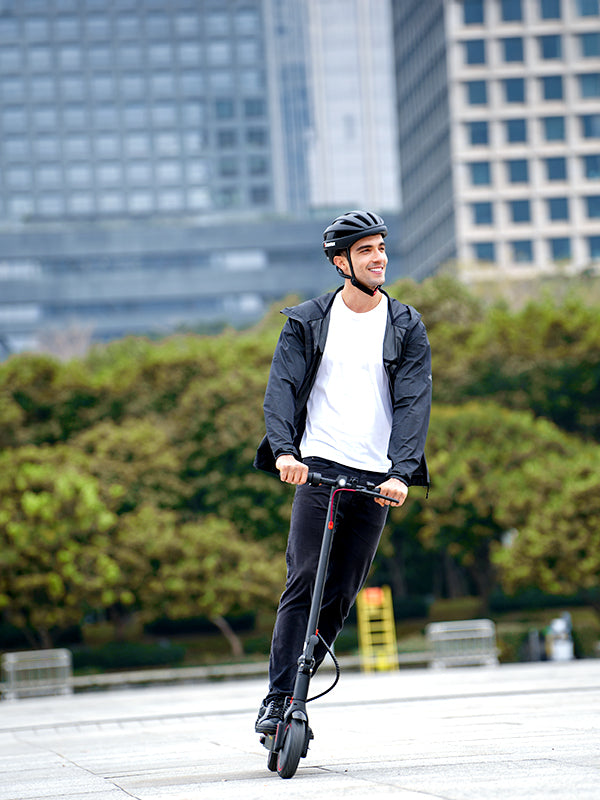


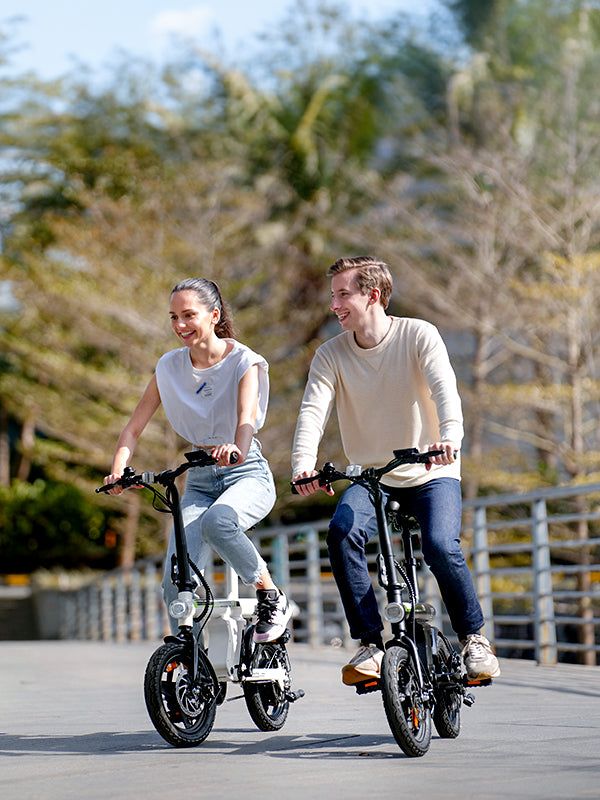

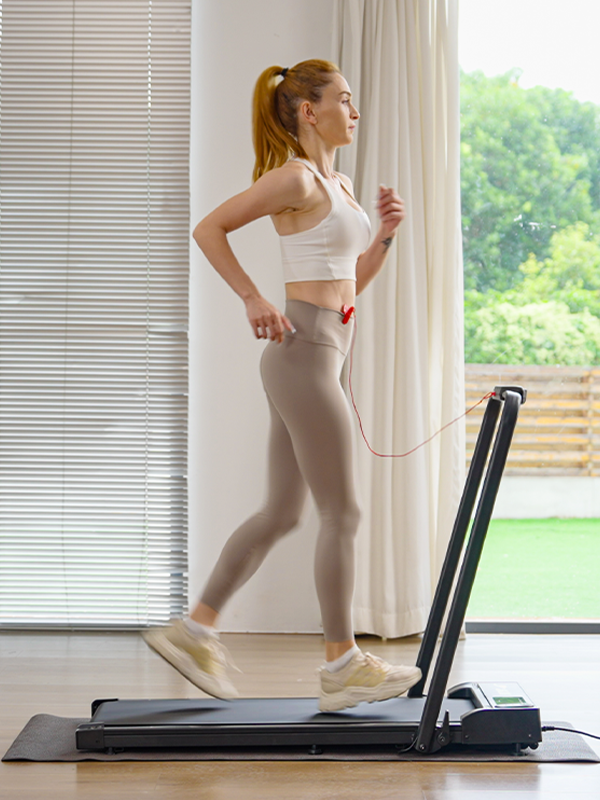





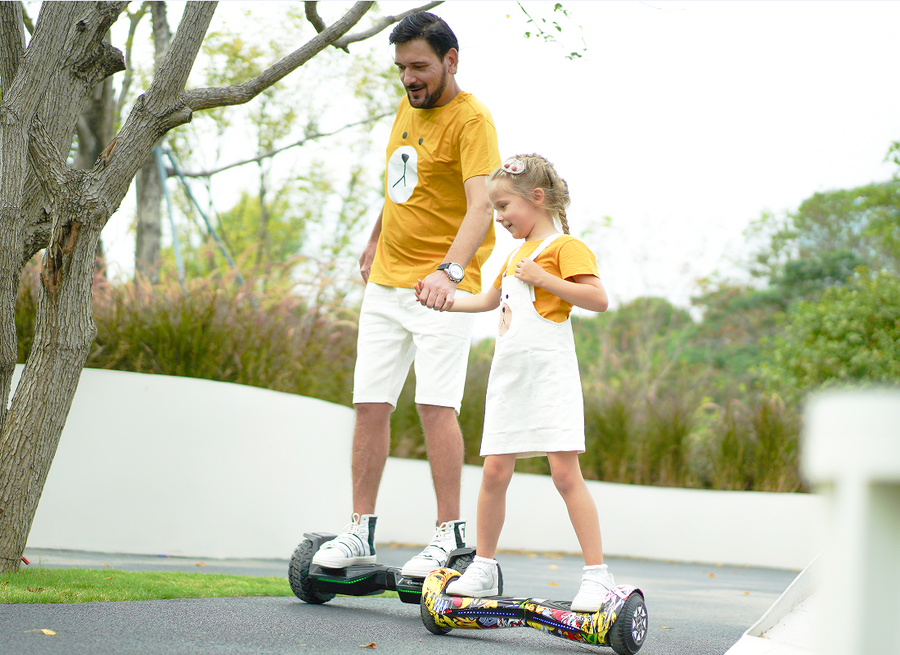
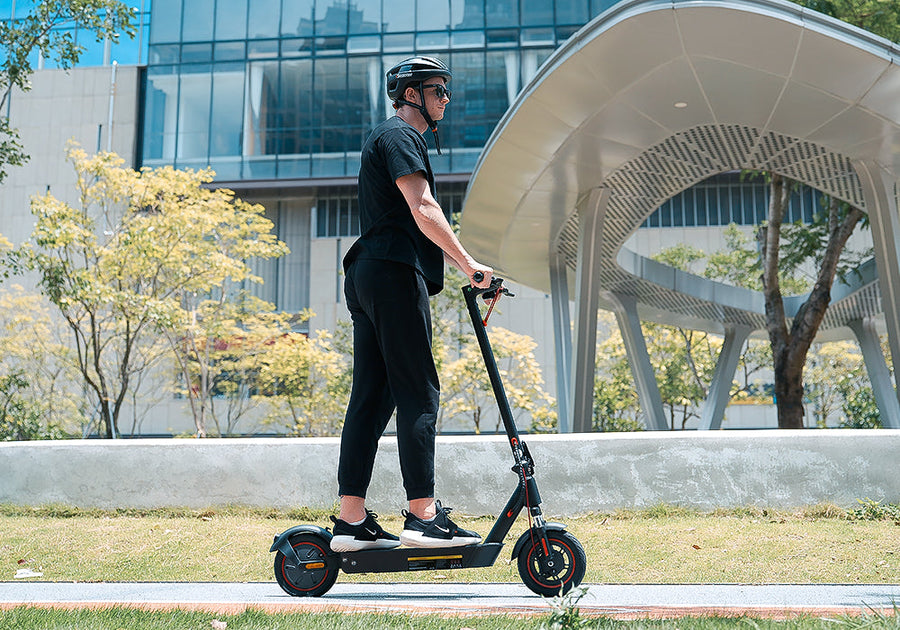

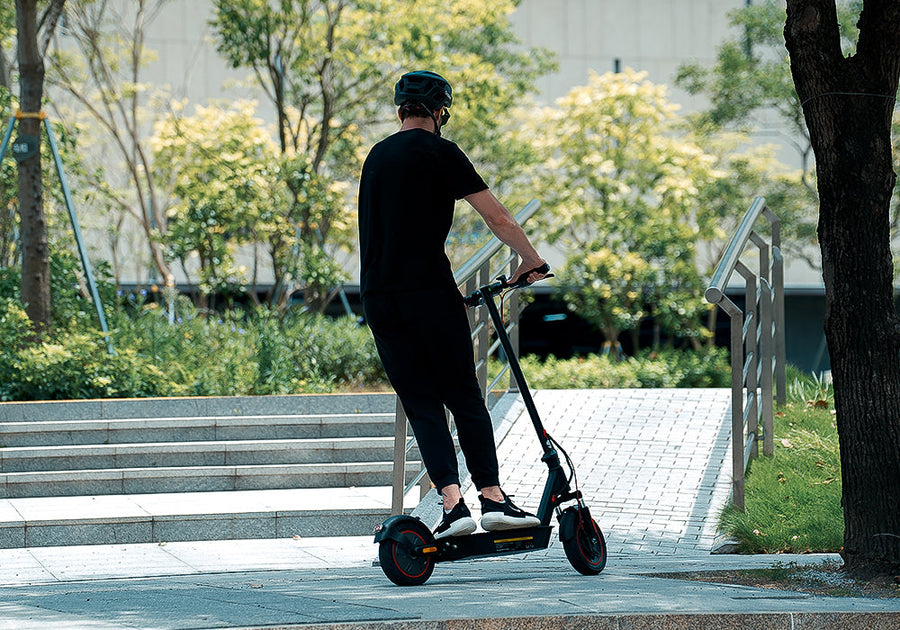


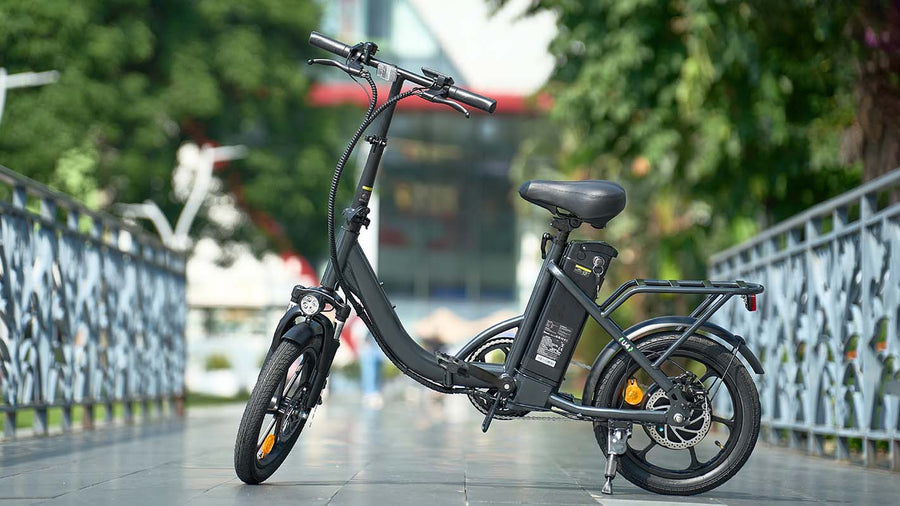

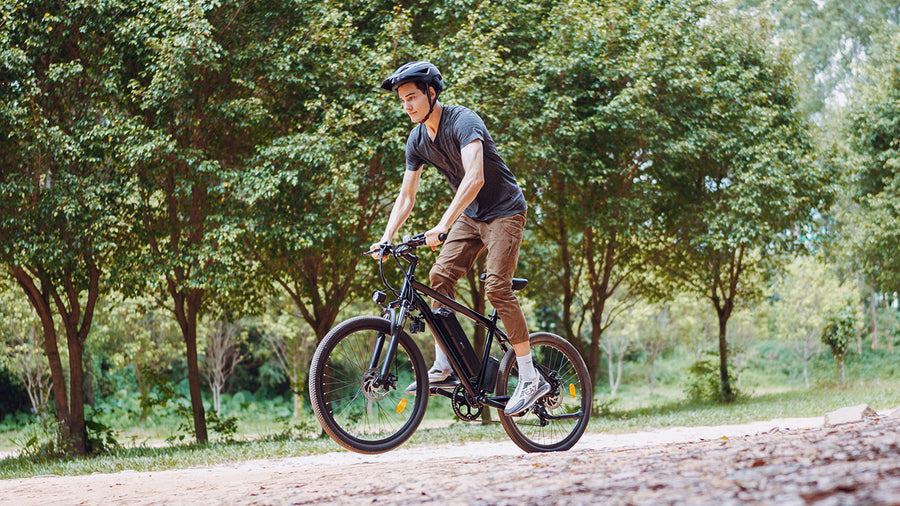







Still, need help? Contact Us: support@ihoverboard.com
What's the option? Check out the option now!
Leave us a message